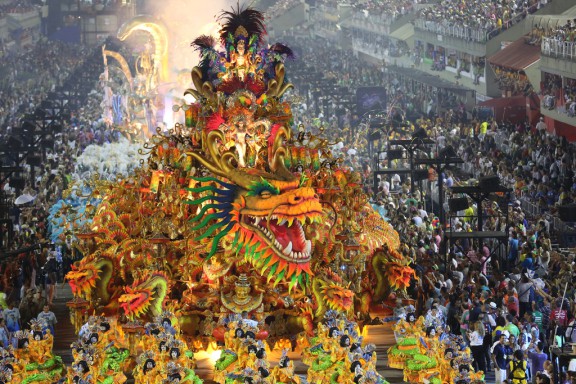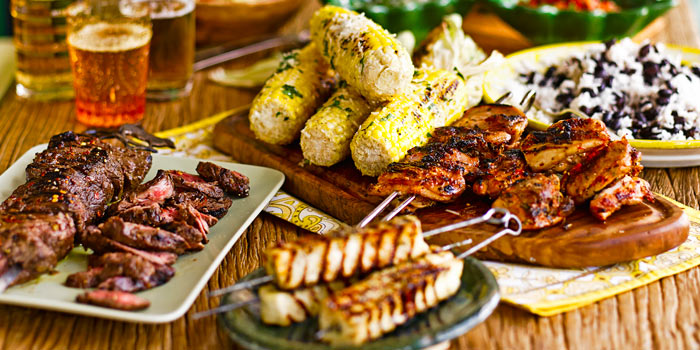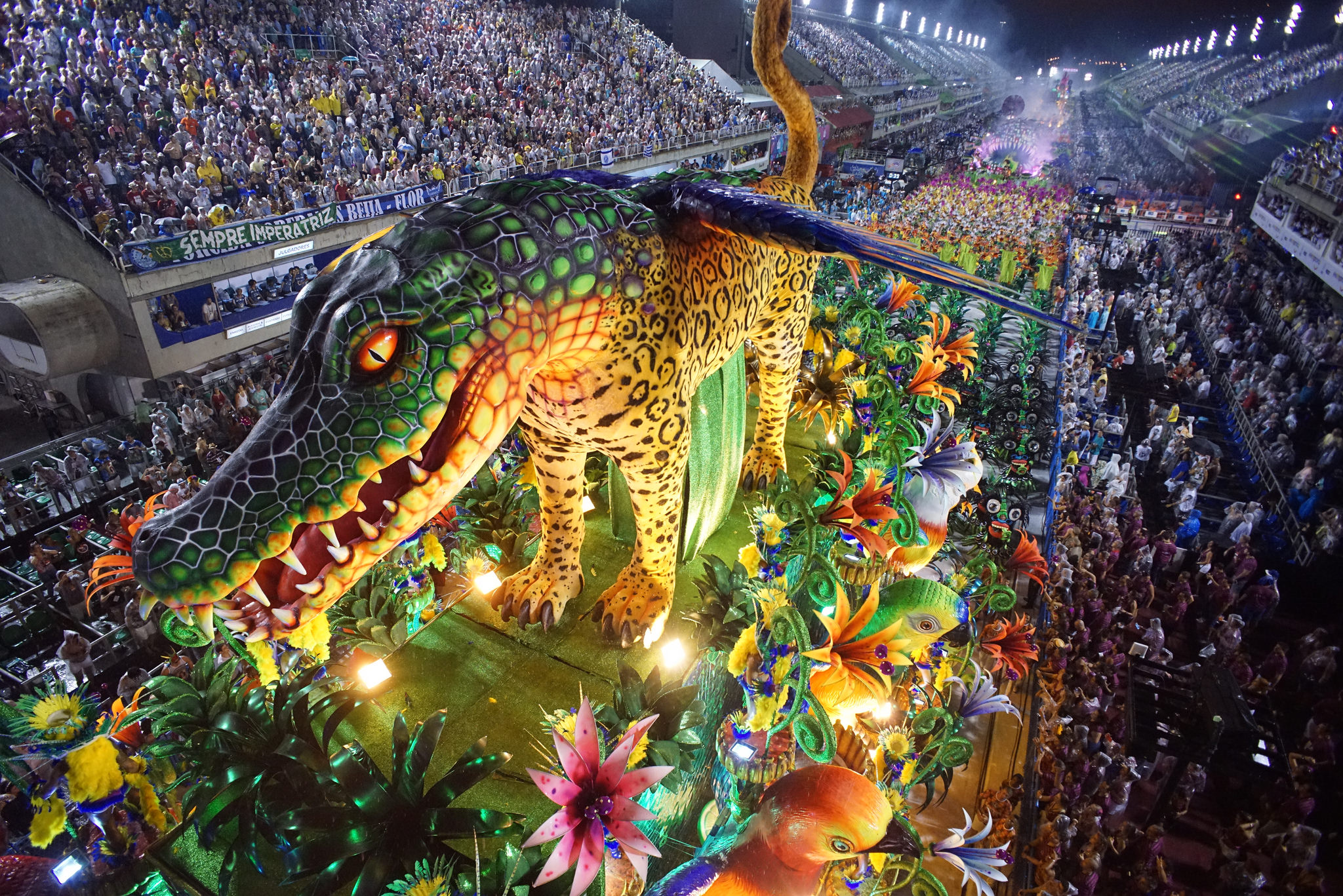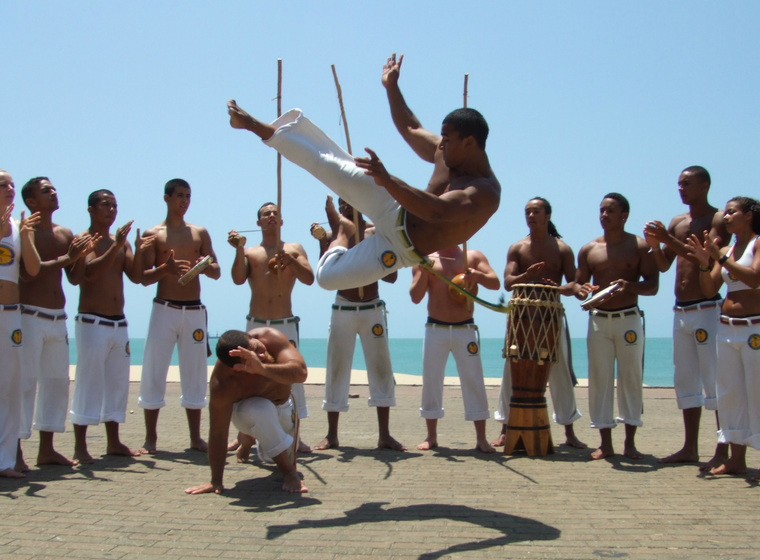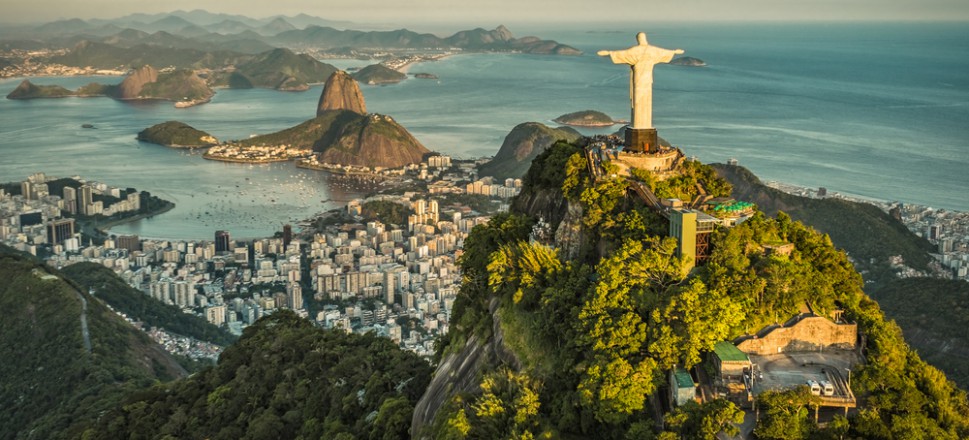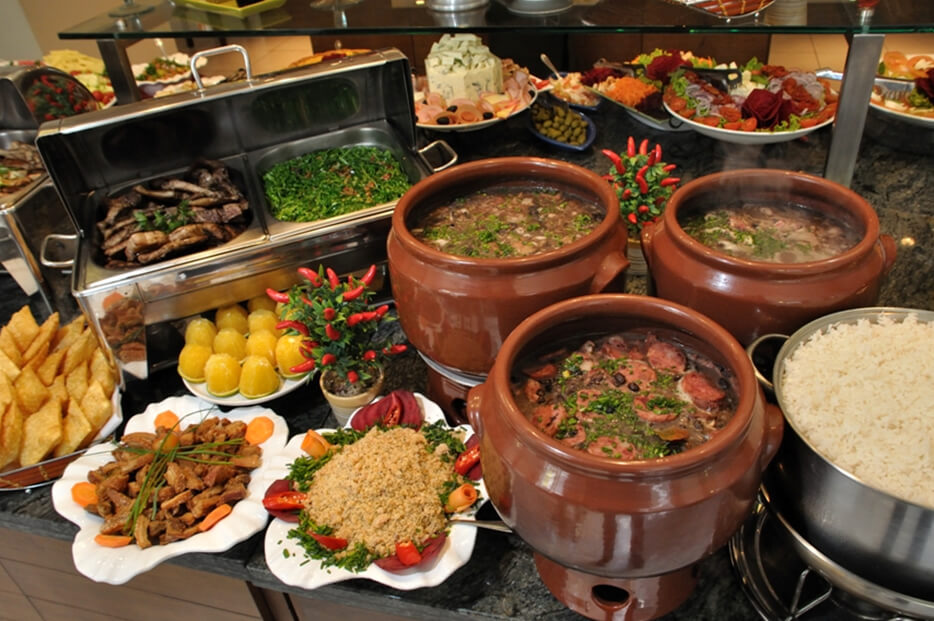BRAZIL
About Brazil
The Federative Republic of Brazil is simultaneously South America’s largest country (by both population and geographical size) as well as one of its most diverse and fascinating. It is filled to the brim with intriguing people, plants and animals as well as liberal doses of history, religion, culture and sporting greatness. The most densely populated parts of Brazil are in the south-central regions, which include major urban conglomerates like Sao Paulo and Rio de Janeiro. This Portuguese heritage dates back to the 1700s, when Brazil was first colonised by this European nation. During its rich and complex history, slavery was a major part of the Brazilian heritage, although this was never formally recorded in the annals of history. Slaves were brought to the country across the Pacific Ocean from Africa. Therefore, there is also a large proportion of Brazilian inhabitants that have an African heritage.
Food and Culture
Brazil is a large country that is made up of many different cultures. Each region has a different food specialty. The Portuguese arrived in Brazil in 1500 and brought their tastes and styles of cooking with them. They brought sugar, citrus fruits, and many sweets that are still used for desserts and holidays. The Brazilian "sweet tooth" was developed through the influence of the Europeans. Brazilians use many eggs, fruits, spices (such as cinnamon and cloves), and sugar to make sweet treats, such as ambrosia. They also use savory (not sweet) seasonings such as parsley and garlic. Other nationalities that settled in Brazil were Japanese, Arabs, and Germans. More than one million Italians had migrated to Brazil by 1880. Each immigrant group brought along its own style of cooking.
